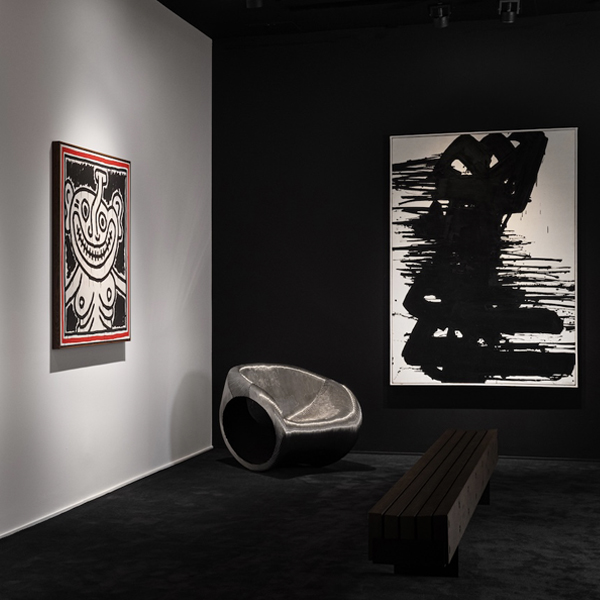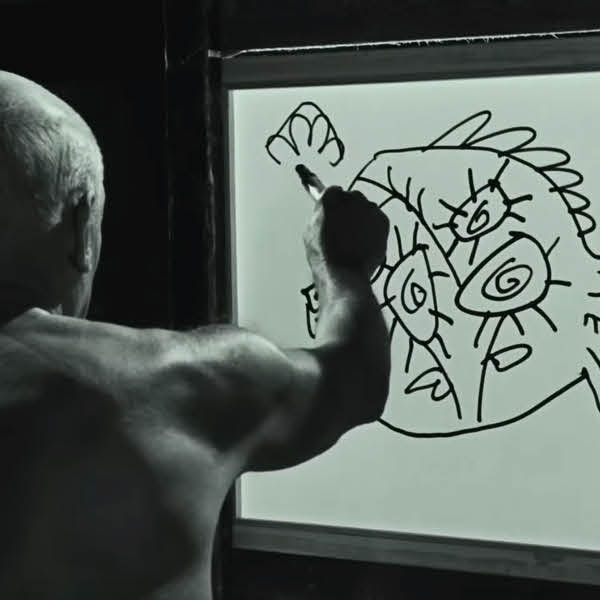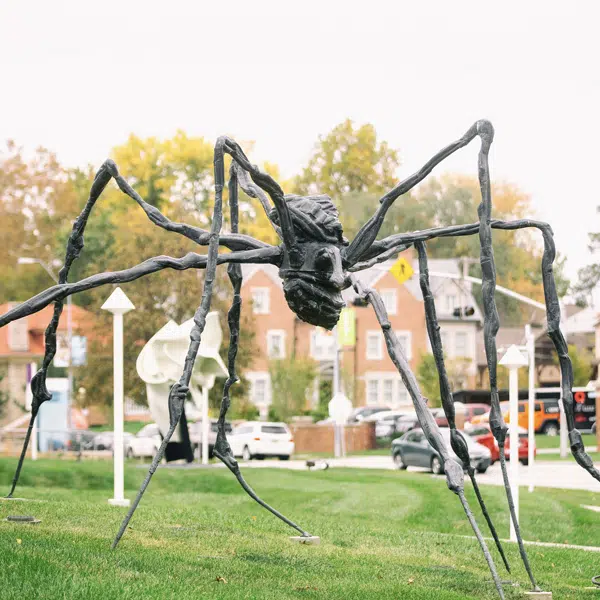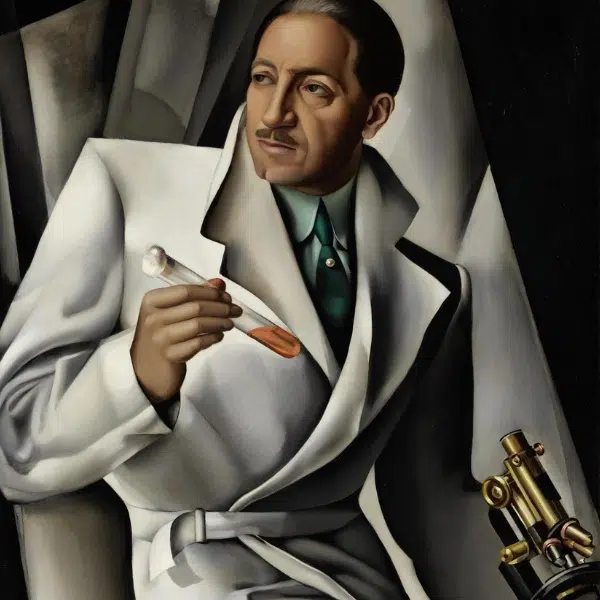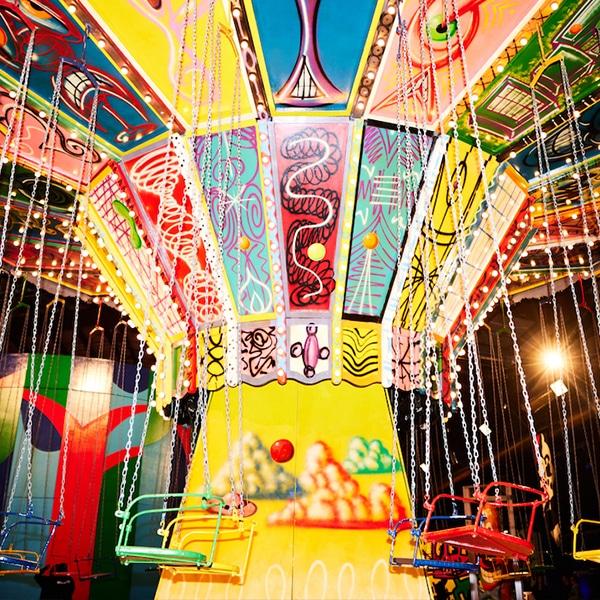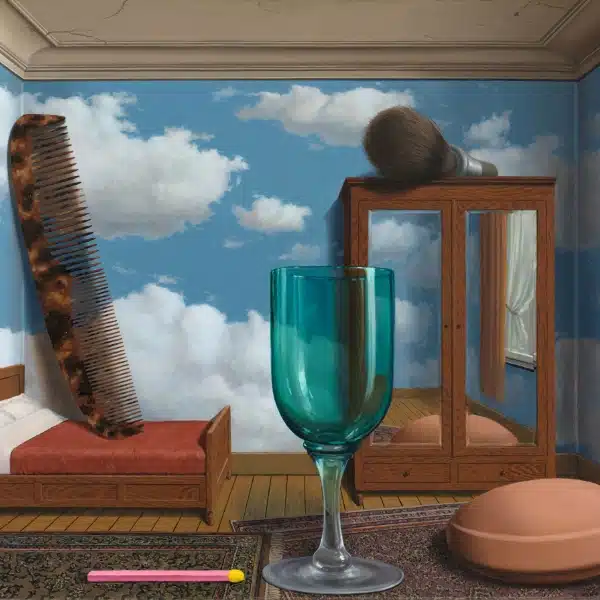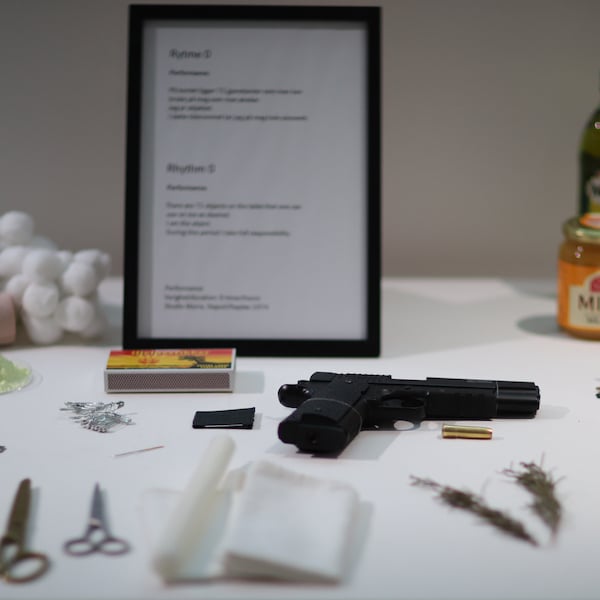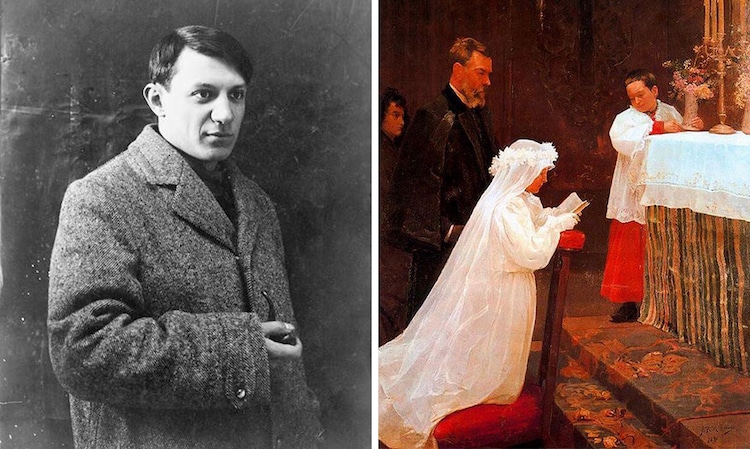
As one of the most famous artists in history, Pablo Picasso left an important mark on modern art. Famous for more than one style, he dabbled in numerous art movements, including Cubism, Surrealism, and Neoclassicism, to name a few. And while we may have a preconceived idea of what Picasso's art looks like, a glimpse at his teenage years shows something completely different.
Born in 1881 to two artistic parents, Picasso was immersed in formal drawing techniques from an early age. As he reached adolescence, he graduated to oil painting and quickly mastered a realistic style, reminiscent of old masters. When he was 14, his younger sister Lola died from diphtheria, having a profound effect on the artist. This event likely influenced the painting he created just one year later, at the age of 15. Entitled First Communion, it depicts a young child—most likely representative of the late Lola—dressed in a white veil and gown receiving their First Communion at the church.
Unlike Picasso's most well known works like Les Demoiselles d‘Avignon and Guernica, which explore diverse aesthetics, this early piece demonstrates his skills of observation and rendering human figures that are true to life. Overtime he relinquishes this approach in exchange for the styles that we now know, but it makes looking back at his first paintings all the more illuminating to Picasso's journey as an artist. He was even quoted as saying, “It took me four years to paint like Raphael, but a lifetime to paint like a child.”
Here, we will learn more about Picasso and his early painting.
Who Was Picasso?
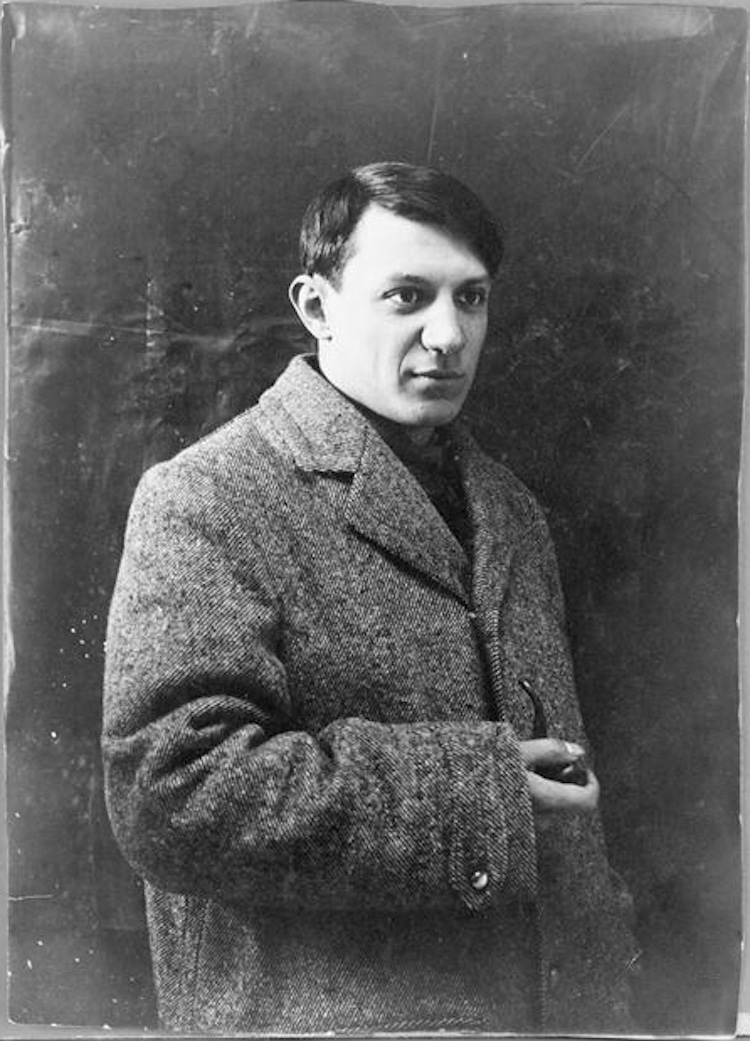
Portrait photograph of Pablo Picasso, 1908 (Photo: Wikimedia Commons, Public domain)
Pablo Picasso (1881–1973) was a Spanish child prodigy who began his creative career at the age of 13. As he continued making art, his realist, academic approach to painting waned, while other more imaginative styles became increasingly prominent. His body of work can be traced through eight different periods: realist, the Blue Period, the Rose Period, African, Cubism, Surrealism, Neoclassicism, and later work. Picasso used each of these distinct approaches to explore aesthetics, figurative subjects, emotions, and reality. He is considered to be one of the most influential figures of modern art.
Creating the First Communion
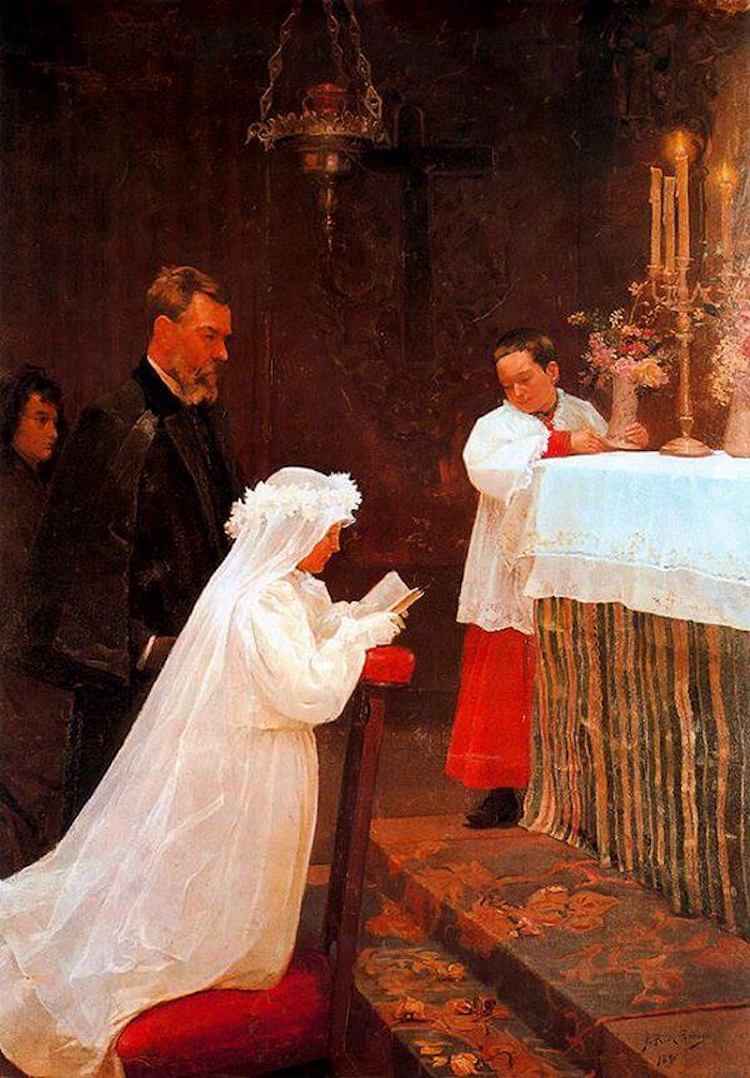
Pablo Picasso, “First Communion,” 1896 (Photo: Wiki Art, Public domain)
During Picasso's early formative years, he learned most of his artistic training from his father, Don José Ruiz y Blasco, who was a professional painter and art teacher. By the time Picasso was 13 years old, Ruiz felt as though his son had already surpassed him in painting, creating naturalistic representations of birds.
After Picasso's younger sister Lola died from diphtheria at the age of 7, he was deeply affected. This personal tragedy also spurred the family's move to Barcelona, where Picasso was enrolled at the School of Fine Arts, taking advanced classes in painting.
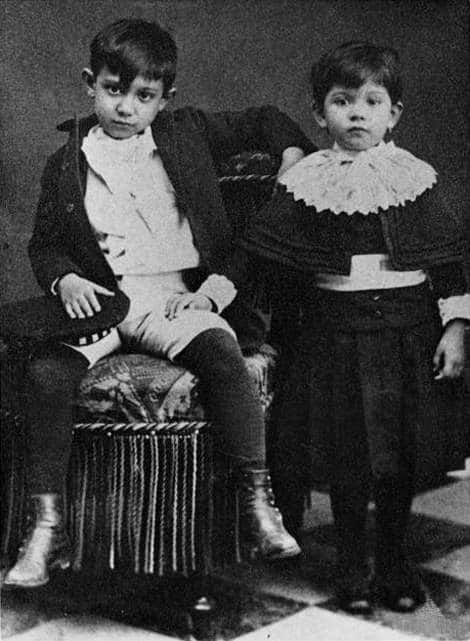
Portrait photograph of Pablo Picasso and his sister, Lola, 1889 (Photo: Wikimedia Commons, Public domain)
Although he was reportedly not the most diligent student, his natural affinity and passion for painting quickly made him a master of rendering subjects realistically. When the artist was 15 years old, he completed his greatest work at the time, titled First Communion. It features a likeness of his late sister Lola, as well as a portrait of his father, Ruiz, who is portrayed as the parental figure of the child figure kneeling before the altar. Here, every person is carefully modeled, featuring a number of details and a warm color palette.
Though Picasso would quickly grow out of this realistic style, it is interesting to look back on a time when he applied traditional techniques to his paintings.
Frequently Asked Questions
How old was Picasso when he painted First Communion?
Picasso was 15 years old when he created First Communion.
h/t: [Open Culture]
Related Articles:
Evolution of Picasso’s Iconic Self-Portraits From Age 15 to 90
Picasso and ‘Guernica’: Exploring the Anti-War Symbolism of This Famous Painting
10 Artists Who Were Masters of Drawing, From Leonardo da Vinci to Pablo Picasso
Modern Technology Reveals a Hidden Painting Underneath Picasso’s ‘The Blue Room’











































































